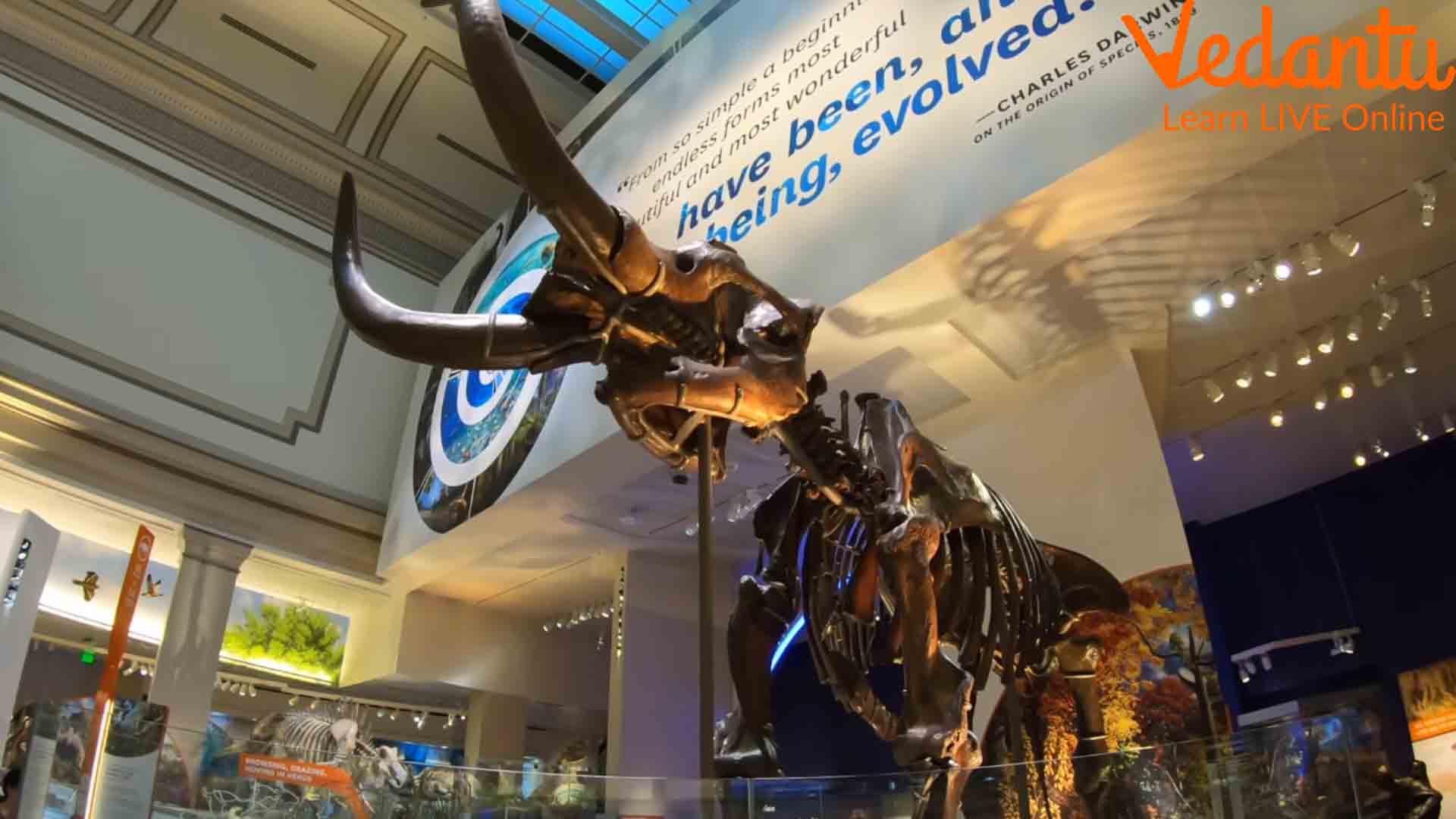World Museum Day: A Worldwide Event to Celebrate History, Culture, and Heritage
Introduction
We see the surroundings as our world with our eyes and admire its beauty. There are so many other things in the world we don’t even know of. To know such things rich with culture and history, we need to visit a museum. It is the only place that can give us supreme knowledge about our civilisation and the history of the earth. This is why celebrate World Museum Day.
The development of museums has a sole purpose. We can reflect on the past and understand the values in the present to make our future better and the museum is the mirror. Every year, we celebrate International Museum day worldwide on the 18th of May.
What is a Museum?
A museum is a non-profit and permanent institution where the artefacts of history, culture, and heritage are displayed. Every museum offers a service to society by acquiring, researching, developing, and exhibiting a collection of items based on a particular theme. It can be prehistoric or modern. The theme can be related to anything.
A specific theme is set to build a museum and then items are procured to display. The Indian Museum in Kolkata is the largest in India. The most visited and the largest museum in the world is in Louvre, Paris. Its area is 782,910 square feet.
The History of International Museum Day
In 1977, the 18th day of May was chosen as International Museum Day by the International Council of Museums (ICOM). On this day, museums from all parts of the world participate to raise awareness of this remarkable cauldron of culture and its importance in society.
In 2022, the potential of the museums was explored as a theme for celebrating World Museum Day. Three points of the 2022 celebration theme were chosen.
1. Achieving sustainability
All the museums around the world are partners with the Sustainable Development Goals of the United Nations. As the prime strategic partners with the UN, museums act as the key factors for raising awareness regarding various environmental challenges, social economies, and the dissemination of scientific information regarding any crucial topic.
2. Accessibility and digitalisation innovations
The world is on the way to innovating new technologies and techniques for digital transformation and accessibility. This innovation in the museums can be used for making the knowledge of museums more accessible to all.
3. Community building
Museums are the perfect place to build a community and spread harmony among all. It is the cauldron where various cultures and communities unite. The social fibre of democracy was displayed and emphasised this year through museums.
On this day, every year people are made aware of how big a museum as a treasure is for our society. The value of museums is depicted through various measures. People come to know about museums located in different parts of the world and celebrate this day with a theme. This day also celebrates the development of museums through the centuries and how they became the ideal place for displaying things related to so many subjects.

Amazing Facts About Museums
Amazing Facts about Museums
Here is a list of amazing facts about museums you will find fascinating.
The word ‘museum’ is derived from the Greek word ‘Mouseion’. This word depicts the temples dedicated to the Muses, the nine daughters of Zeus and Mnemosyne. These daughters are considered the goddesses of science and arts.
Aristotle opened a sole museum in his school named the Lyceum. He displayed zoological samples of many animals in the 4th Century BC.
The oldest known museum was built by Ennigaldi Nanna, a princess of Babylonia in 530 BC. In that museum, she displayed many oldest Mesopotamian artefacts.
The oldest known item in any museum is the Olduvai stone chopping tool. It is displayed in the British Museum and is considered the oldest item in the world made by our ancestors. This stone dates back 2 million years. This stone is proof of one of our first technological inventions.
The oldest museum in India is the Indian Museum in Kolkata. It dates back to 1814.
Archaeologists have found that the oldest artefacts in Attirampakkam are stone tools used by our ancestors. The tools date back to 1.5 million years. These tools are from the Early Stone Age and follow the Acheulian styles of design.
The Louvre Museum, as mentioned earlier, is the largest of all. It displays more than 38,000 artefacts of various genres and kinds. It alone attracts more than 8.1 million visitors annually.
One of the most unusual things displayed in the Rubin Museum of Art is Tibetan prayer beads used for shamanic rituals.
Importance of Museums
Museums are institutions that collect, retrieve, and preserve various items with extreme social, cultural, and historic values.
Museums are the prime source of education and entertainment.
The technique of preservation of culture and heritage is taught by the museums. The ICON also teaches how to celebrate International Museum Day and commemorate this remarkable institution.
Museums help us to study and research various topics.
They are a good source of income for a country or democracy.
Conclusion
Museums are no doubt the ultimate institution where heritage, history, and culture melt and take a conglomerate form. It is a place where can learn so many new things. A visit to the museum amazes us to the deepest core. To make this institution worthy and sustainable, we celebrate International museum Day across the world with a theme.
This day is celebrated with immense enthusiasm. It depicts how important museums are to preserve our heritage, culture, history, art, and achievements. This place is no less than a time travel portal that takes us to new places in different time zones.







